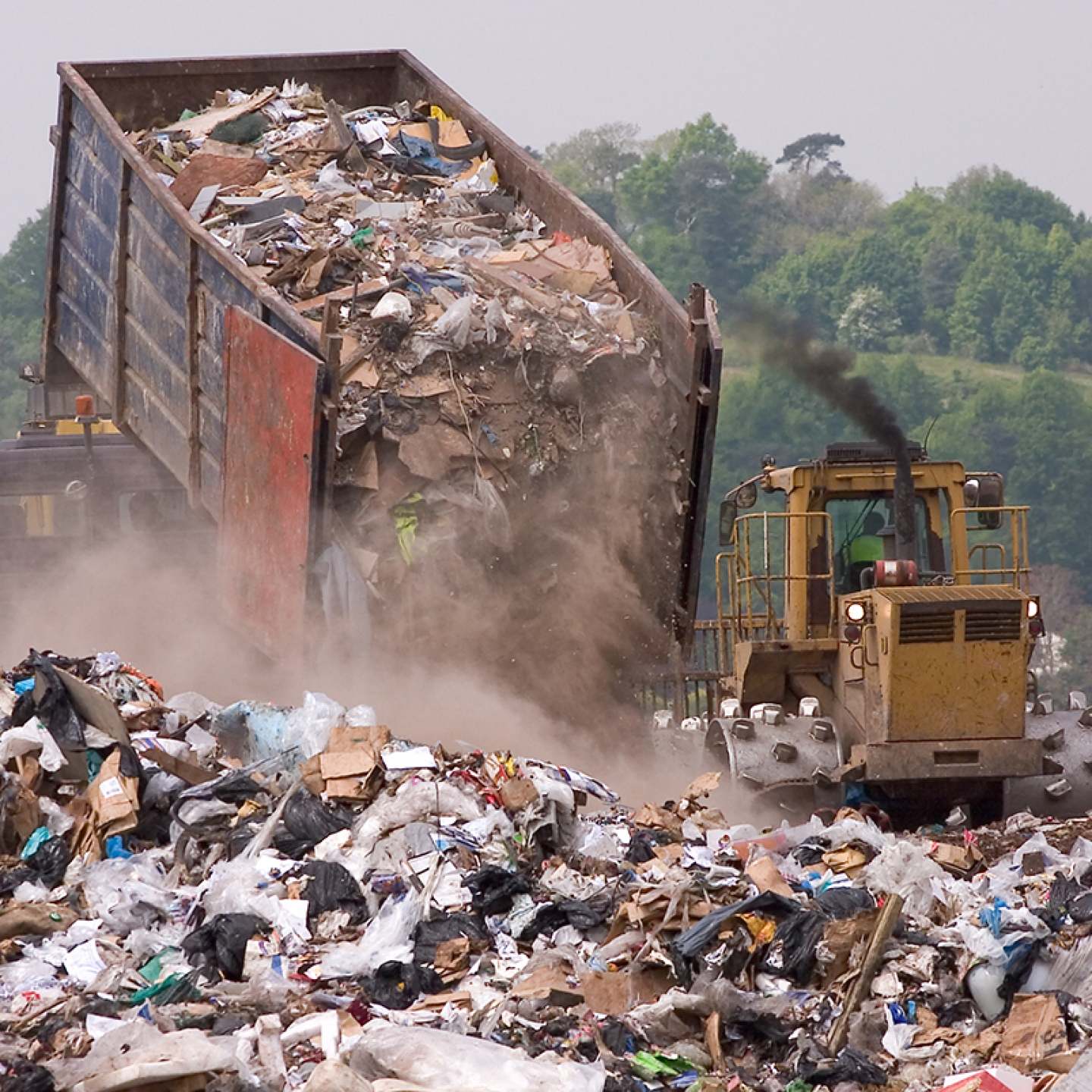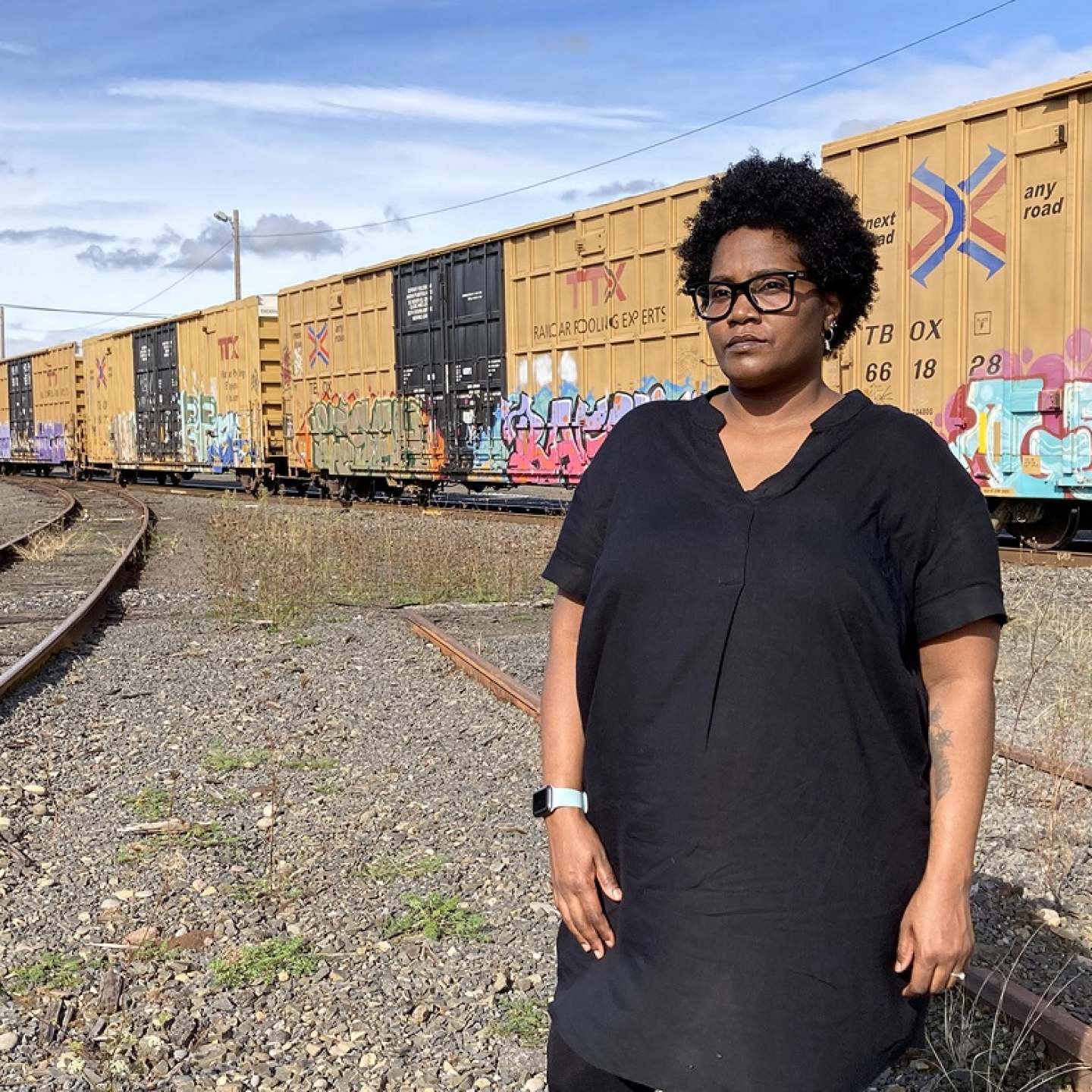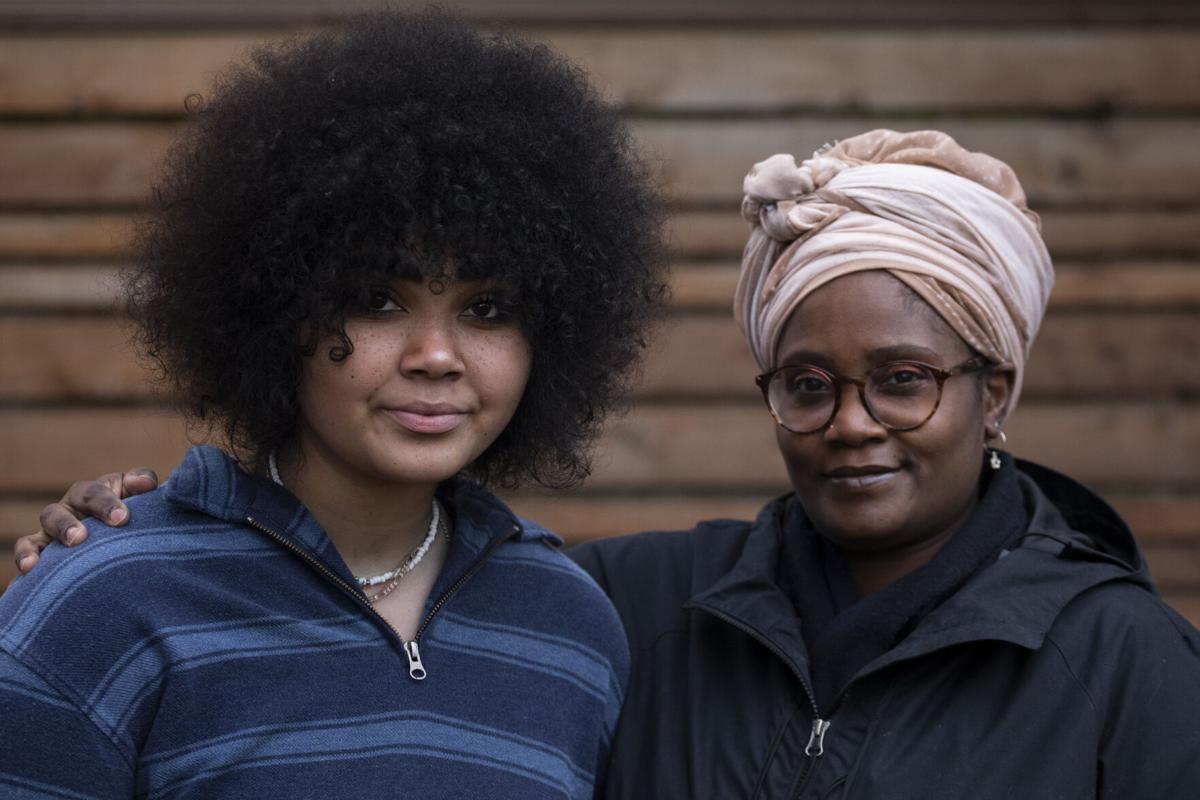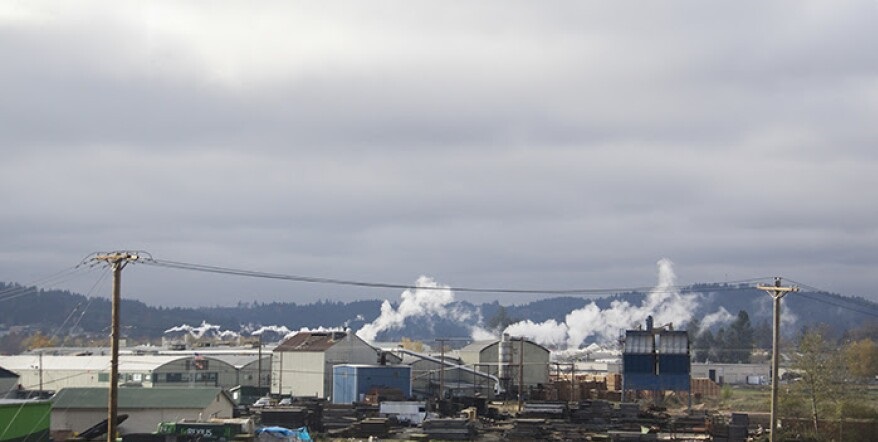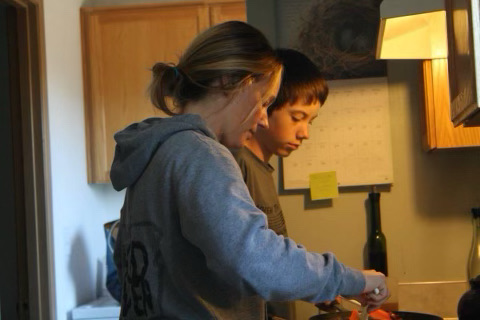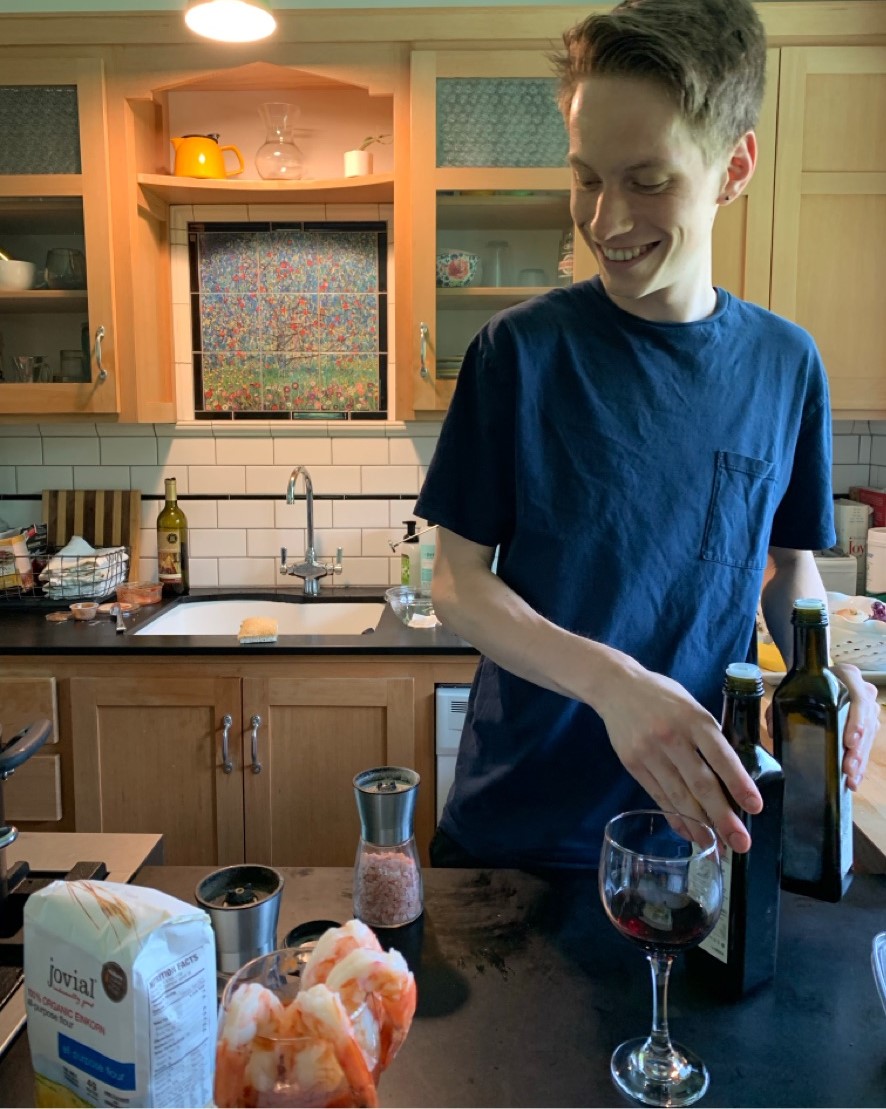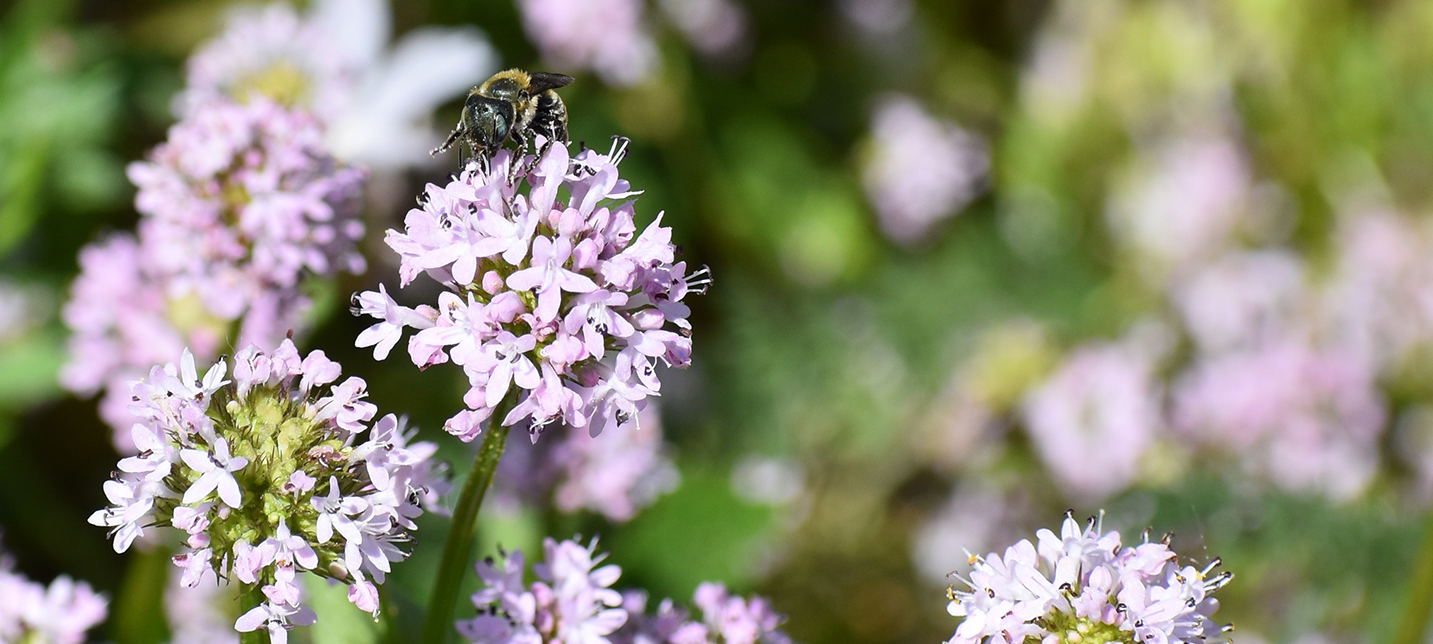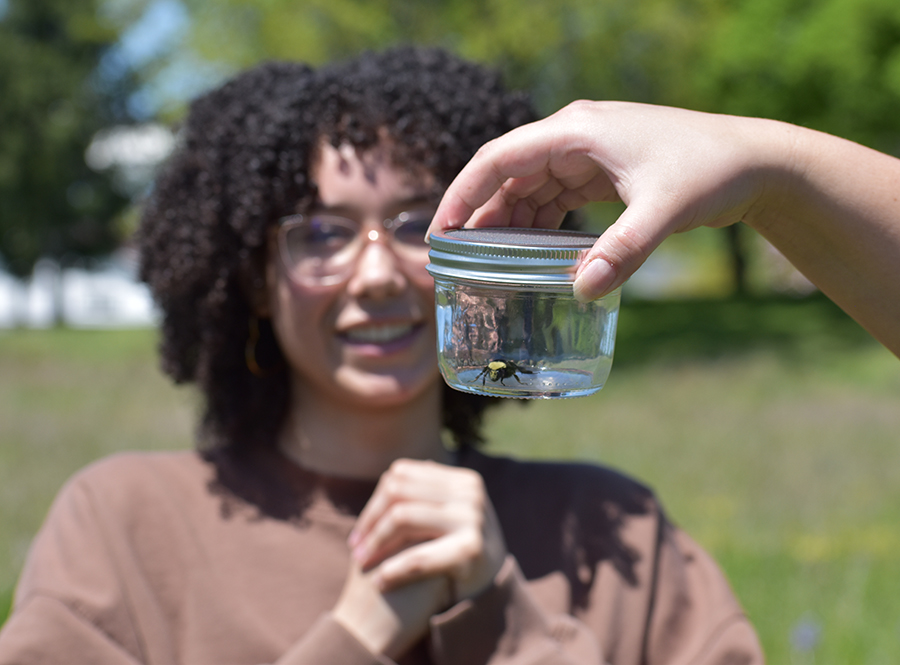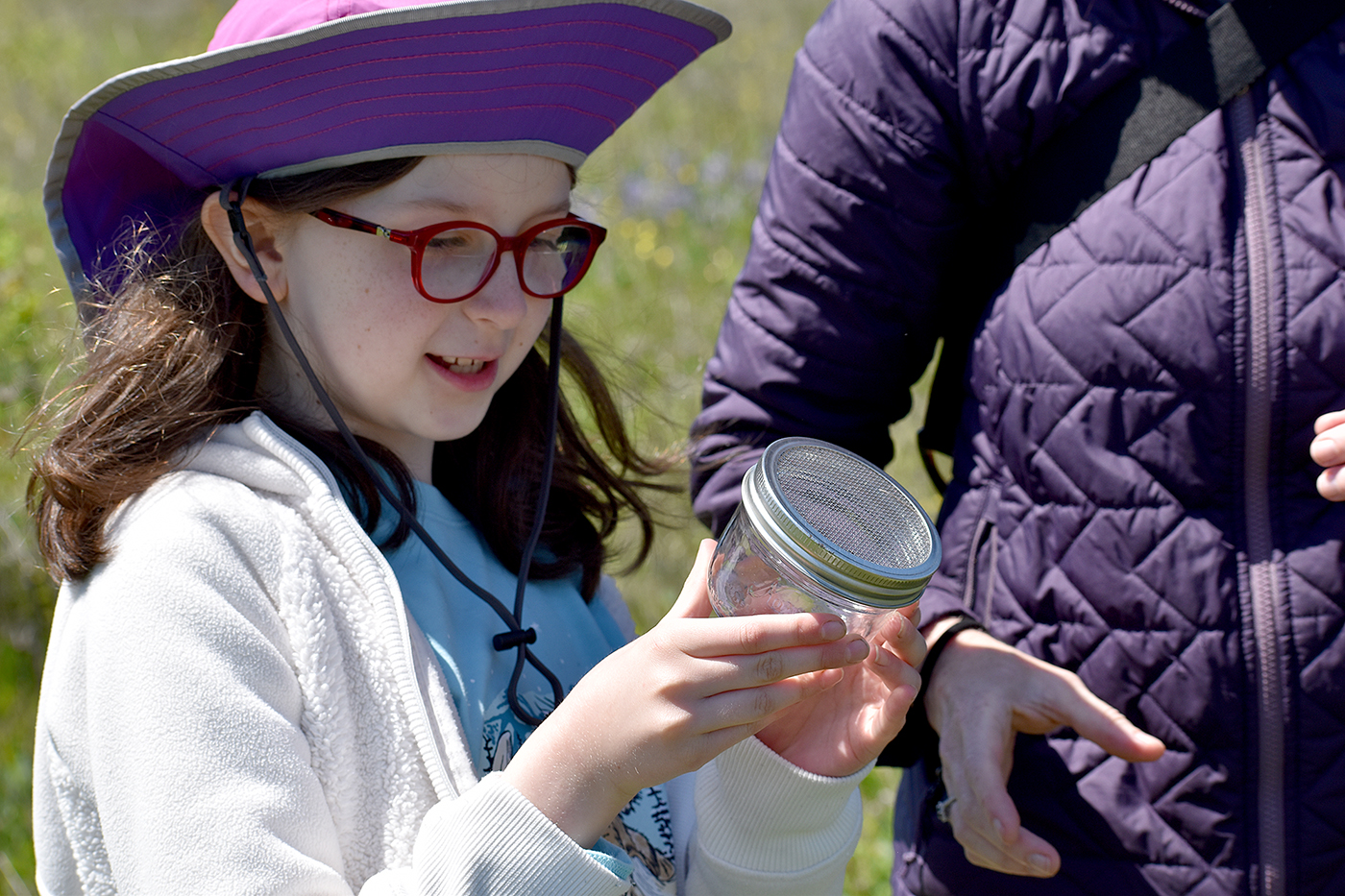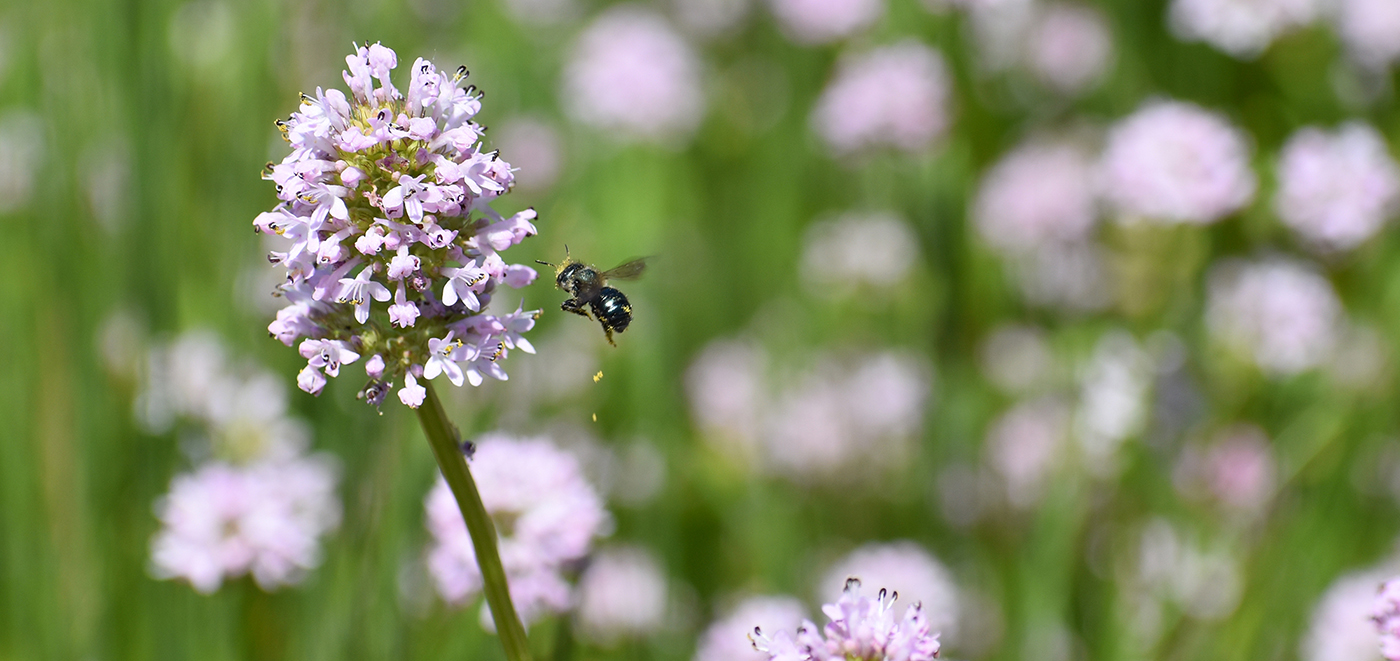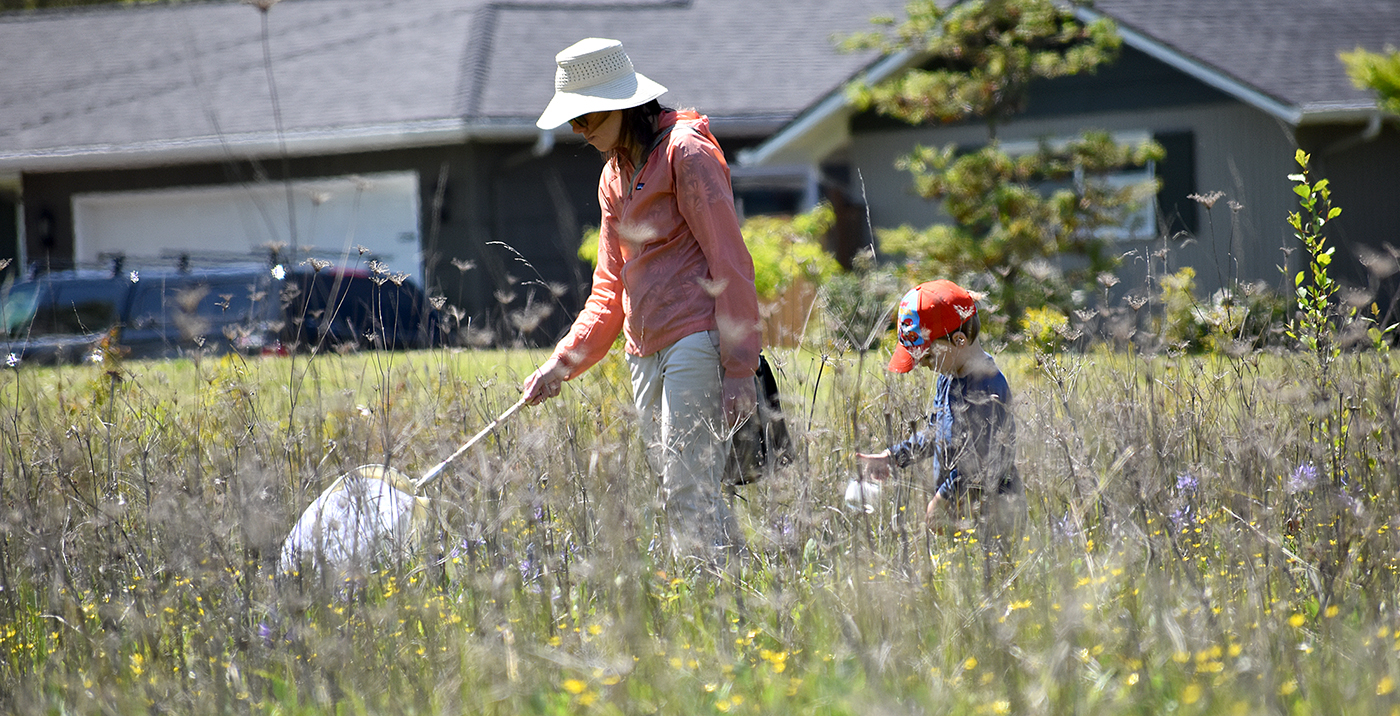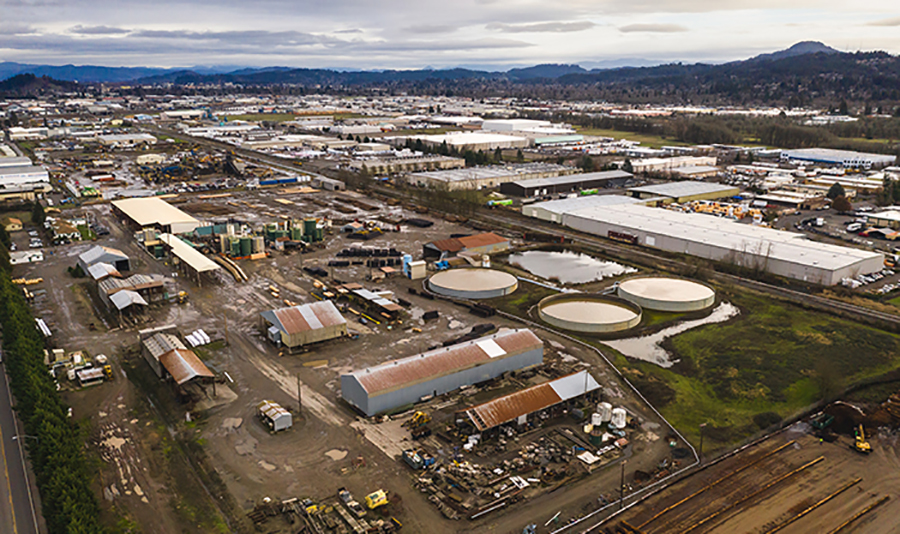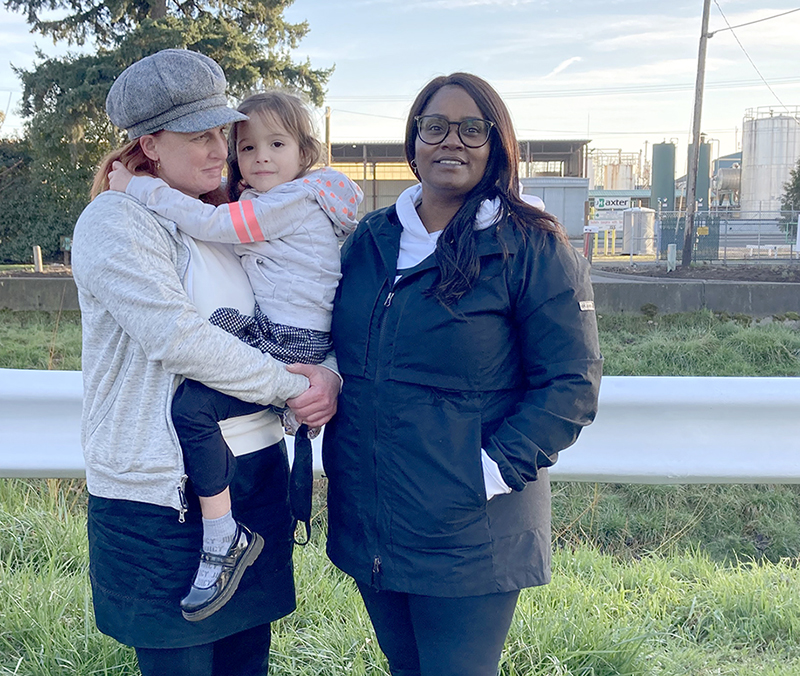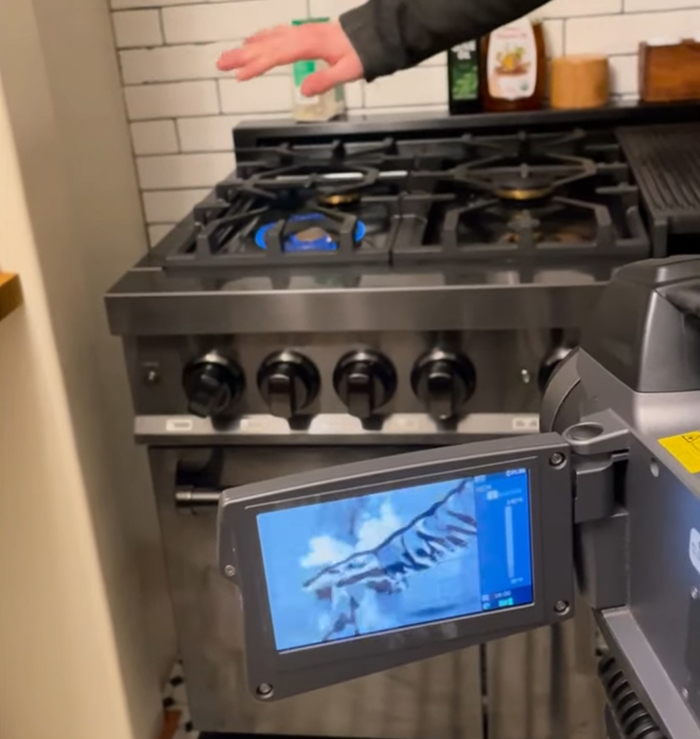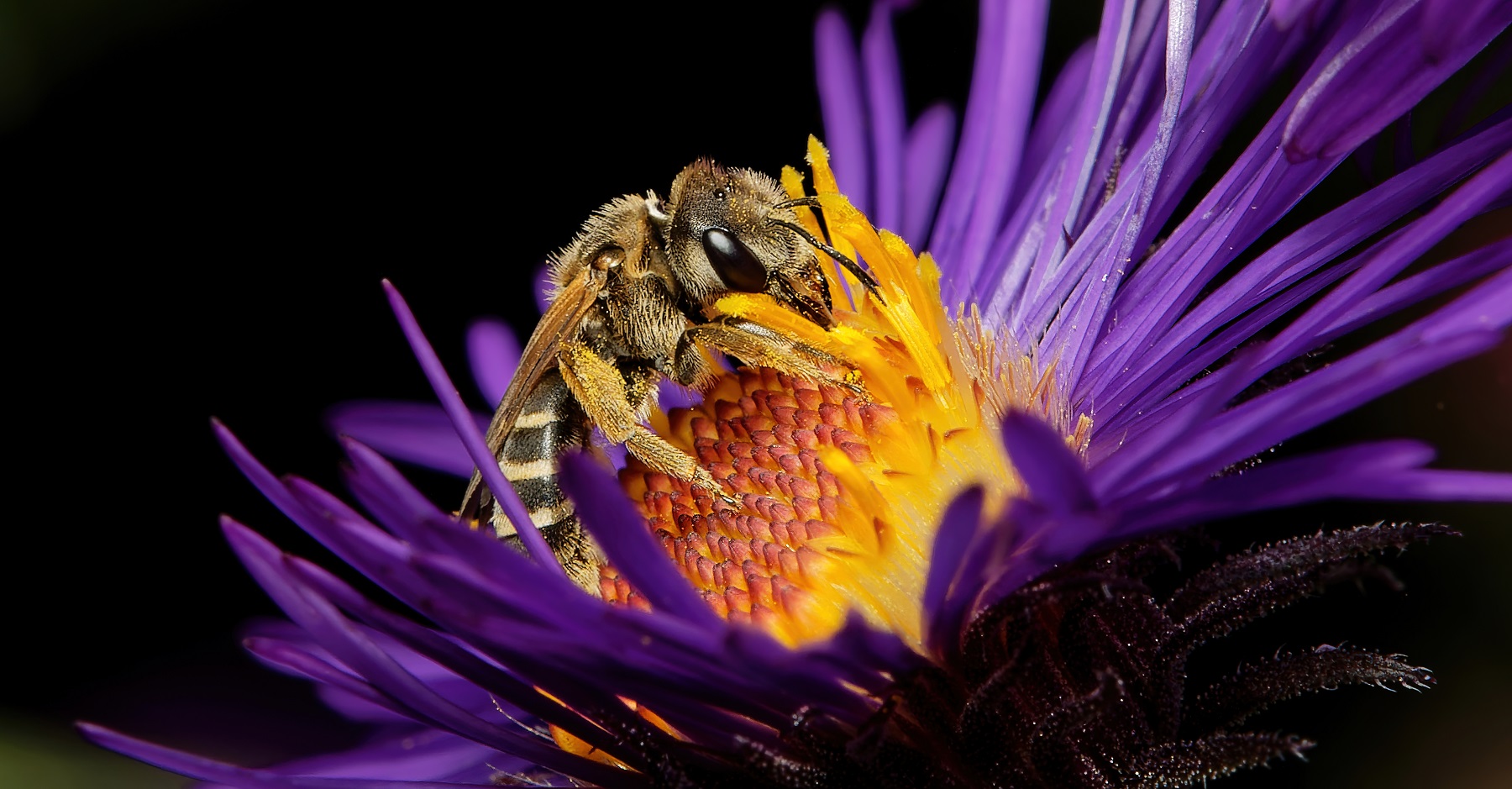
Sweat Bee In Aster by Debi Murk
As we launch another summer of our ever-popular Beauty of the Bee Photo Contest, it offers an opportunity to spread the good word about the inherent, sacred beauty of humanity's constant insect companion, the bee. It's also a chance to reflect on its truly remarkable value to our survival as a species, fully engaged with agriculture as a way of life.
Bees have recently been declared the most important living beings on Earth by the Earthwatch Institute during a meeting at the Royal Geographical Society of London. This declaration highlights the crucial role bees play in maintaining our ecosystems and food security. Bees are responsible for pollinating around 70% of the world's crops, making them indispensable for food production.1
Celebrate the Beauty of Bees and WIN!
Did you know that bees play a vital role in creating the foods we love? From crunchy autumn apples and delicious summer blueberries to fiber-filled almonds and sweet tomatoes, bees are our tiny, unsung heroes in food growing and harvesting. Without bees, our dinner tables would have far less variety.
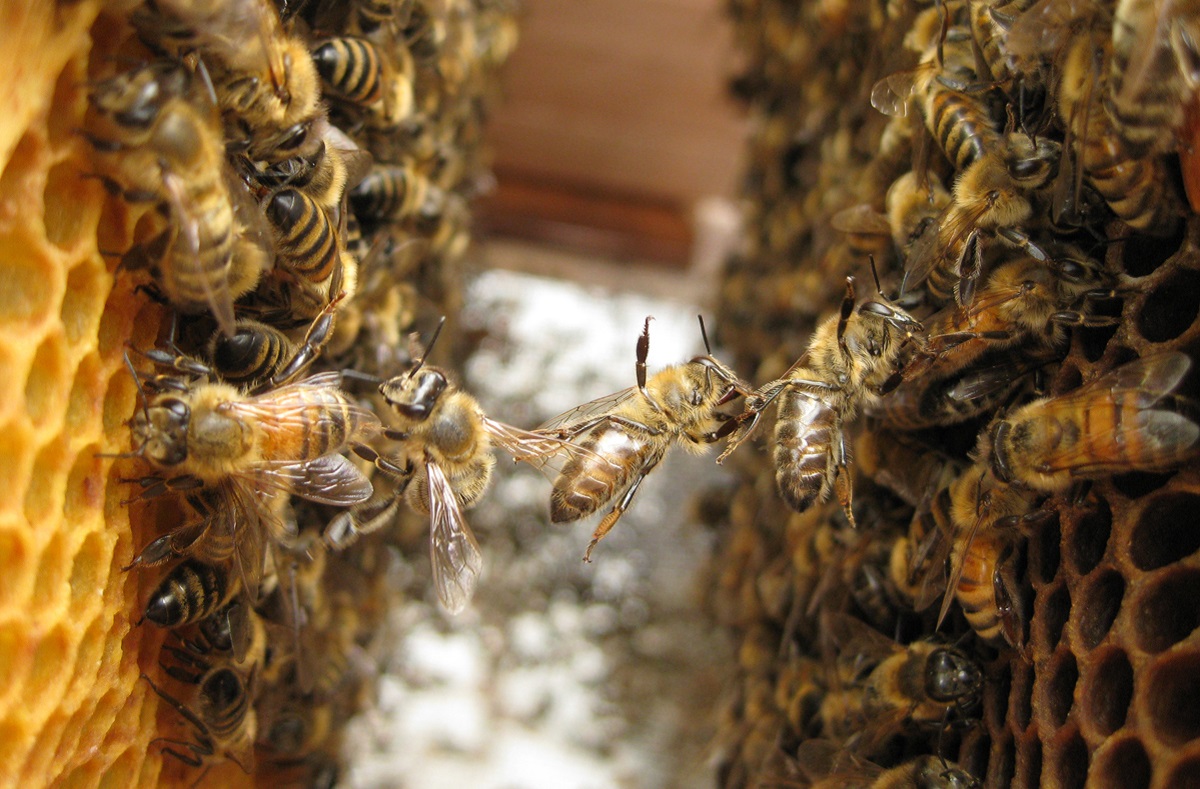
Honeybee hive photo courtesy of Autumn Steam, first place winner of our first Beauty of the Bee Photo Contest.
Honey Bees vs. Native Bees
When we think of bees, we often picture honey bees. Honey bees are known for producing honey and living in large colonies. Recently, news reports have pointed to the beginning of a recovery of honey bee populations (more references below). This is great news, but it's important to remember that honey bees are not the only pollinators.
Native bees are also crucial for pollination. There are over 4,000 species of native bees in North America alone, and they come in many shapes and sizes. The Oregon Bee Atlas project estimates around 800 species of native bees live in Oregon.* Some native bees are even better at pollinating certain crops than honey bees. For example, bumblebees are excellent pollinators of tomatoes and blueberries. Native bees often work more efficiently because they have different ways of collecting pollen and are active in different weather conditions than honey bees.
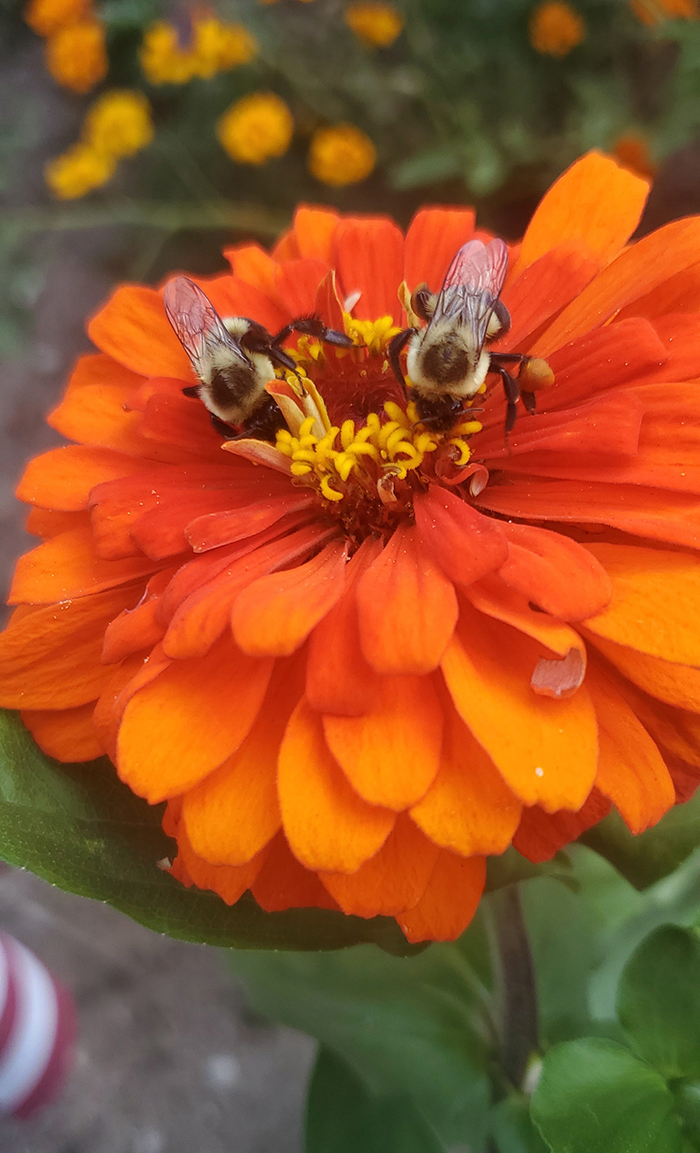
Photo by Linda Cousino, "Sharing Is Caring," winner of the Facebook Choice Award in the 2021 Beauty of the Bee Photo Contest
Current state of the crisis
As of 2024, the situation regarding bee populations in the U.S. shows some surprising developments. Honeybee populations, in particular, have seen significant growth. Over the past five years, the number of honeybee colonies has increased by more than one million, bringing the total to nearly 4 million. This increase is largely attributed to the economic value of honeybees, especially for crops like almonds, which rely heavily on honey bee pollination. This economic necessity has driven efforts to maintain and even expand honeybee populations despite ongoing challenges such as diseases and environmental stresses.2
However, the situation is not uniformly positive across all bee species. Far from it! Wild bees and other native bee species continue to face severe challenges, including habitat loss, pesticide exposure, and diseases. Unlike honeybees, wild bees cannot be managed as easily, which makes their declines more difficult to counteract. The survival and health of these bee populations are crucial for biodiversity and the pollination of wild plants, but they receive less attention and fewer conservation resources compared to commercial honeybees.3
Overall, while managed honeybee populations are increasing due to their economic importance and active management, wild bee species in the U.S. are still experiencing significant declines, indicating a mixed overall picture for the health of bee populations in 2024.
The Decline of Native Bees
While honey bees are making a comeback this year, native bees are still in decline. This decline can be attributed to several factors, including habitat loss, pesticide use, disease, and climate change.4
Threatened Species of Native Bees**
Several species of native bees are at serious risk of extinction. Here are a few examples:
American Bumblebee (Bombus pensylvanicus)
Once among the most common and widespread bumblebee species, the American bumblebee once thrived in open areas across the lower 48 states, except Washington. After the population started plunging in the 2000s, now this iconic species has disappeared from at least eight states and experienced severe decline across its remaining range.
Southern Plains Bumblebee (Bombus fraternus)
This bumblebee species is native to the perennial grasslands and open woodlands of America’s Great Plains, Midwest and southeastern coastal plains.
Mojave Poppy Bee (Perdita meconis)
The tiny Mojave poppy bee is only known to live in seven sites in and around Nevada’s Lake Mead National Recreation Area. This bee is a poppy specialist, gathering pollen from the imperiled Las Vegas bear-poppy and the endangered dwarf bear-poppy.
Rusty Patched Bumblebee (Bombus affinis)
Once common in the Midwest and Eastern United States, this bumblebee has experienced a severe population decline. It is now listed as endangered by the U.S. Fish and Wildlife Service due to habitat loss, pesticide exposure, and disease.
Franklin’s Bumblebee (Bombus franklini)
Found only in a small region of southern Oregon and northern California, Franklin’s bumblebee is one of the rarest bees in the world. Its decline is attributed to habitat loss, pesticide use, and disease.
Suckley’s Cuckoo Bumblebee (Bombus suckleyi)
Suckley’s cuckoo bumblebees have a fascinating story. Females must fight or sneak into a colony of western bumblebees and kill or subdue the host colony’s queen. The cuckoo queen bee then lays her own eggs and gains control of the host colony’s worker bees, who continue collecting pollen and nectar to feed the cuckoo queen’s offspring.
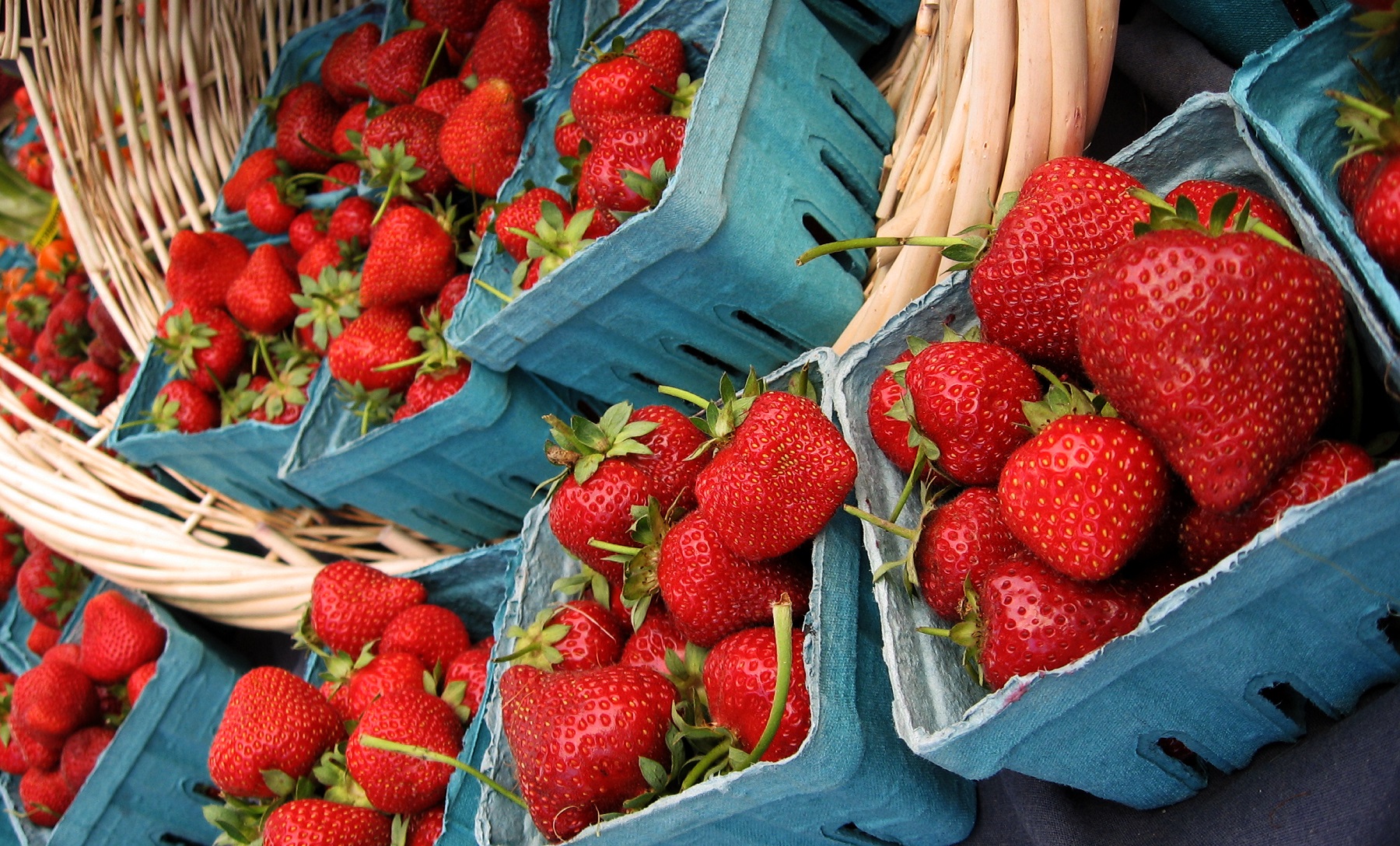
Why the Decline of Bees is a Problem for Food Security
Food security means having reliable access to a sufficient quantity of affordable, nutritious food. Bees play a critical role in ensuring food security by pollinating crops that make up a large part of our diet. When bee populations decline, it can lead to lower crop yields, which translates into less food available and higher prices for the food that is available.5
Bees are responsible for pollinating a wide variety of fruits, vegetables, nuts, and seeds. Some of the most bee-dependent crops include apples, blueberries, cherries, almonds, and pumpkins. Without bees, these crops would produce significantly less fruit, and in some cases, might not produce fruit at all. This reduction in crop yield directly impacts the availability of these foods in the market.6
For example, if there are fewer bees to pollinate apple trees, there will be fewer apples. This can cause apple prices to go up, making it harder for people to afford this healthy fruit. This is especially challenging for underserved communities who already face barriers to accessing healthy food. These communities are often located in food deserts, areas where access to affordable, nutritious food is limited. The increase in food prices due to the decline of bee populations exacerbates the existing food insecurity in these areas.
Moreover, the decline in native bee populations doesn't just affect the quantity and price of food, but also the nutritional quality. Many of the crops that rely on bee pollination are rich in essential nutrients, such as vitamins, minerals, and antioxidants. A decrease in the availability of these foods can lead to a less varied and less nutritious diet, further impacting the health and well-being of communities.
The economic impact of declining bee populations is also significant. Farmers who grow bee-dependent crops may face financial losses due to reduced yields, which can lead to higher production costs. These costs are often passed on to consumers, contributing to the overall increase in food prices. Additionally, farmers may need to invest in alternative pollination methods, such as hand pollination or the use of other pollinating insects, which can be labor-intensive and costly.
Addressing the decline of native bee populations is crucial for maintaining food security and ensuring that everyone has access to affordable, nutritious food. This involves protecting bee habitats, reducing the use of pesticides that harm bees, and supporting sustainable agricultural practices that promote biodiversity. By taking these steps, we can help ensure that bees continue to play their vital role in our food system and support the health and well-being of all communities.
~ John Jordan-Cascade,
Web Manager and Photo Contest organizer
Write to me if you would like to contribute a bee-themed prize for the Beauty of the Bee Photo Contest.
Please visit our Facebook group so you can vote for your favorite photos as they are posted.
NOTE: Facebook votes will not be the primary determining factor in choosing winners, but we will provide special recognition for the photo that gets the most positive recognition on Facebook.
References
1) Bees Declared The Most Important Species On Earth by Luana Steffen
2) Honeybee populations are hitting record numbers. Weren’t they dying off before?
Kai Ryssdal, Sarah Leeson, and Sofia Terenzio (May 16, 2024)
3) Q&A: Are honey bees, wild bees still in trouble? by Diana Yates, University of Illinois at Urbana-Champaign (June 30, 2023)
4) Pollinator Decline: Implications for Food Security & Environment
Opinion article by Professor Johanne Brunet of USDA-ARS at the University of Wisconsin–Madison
5) Breeze, T. D., Vaissière, B. E., Bommarco, R., Petanidou, T., Seraphides, N., Kozak, L., ... & Kleijn, D. (2014). Agricultural policies exacerbate honeybee pollination service supply-demand mismatches across Europe. PLOS One, 9(1), e82996.
6) Aizen, M. A., & Harder, L. D. (2009). The Global Stock of Domesticated Honey Bees Is Growing Slower Than Agricultural Demand for Pollination. NIH, originally published in Current Biology, 19(11), 915-918.
Resources
Endangered Pollinators and Wild Bee Conservation (Xerces Society)
Honey bees are not in peril. These bees are.
Want to save the bees? First, throw out most of what you know about them.
by Benji Jones (Jan 19, 2023)
Learn more about What You Can Do to Save Bees (PDF)
Read Krystal Abrams' blog, "Buzzing with Excitement: Bee Surveys Reveal a Hidden World of Native Bee Riches!"
--------------------------------------
* Entomologists estimate that there are around 800 species of native bees in Oregon. The Oregon Bee Atlas project, supported by Oregon State University and the Oregon Department of Agriculture, has been instrumental in cataloging and studying these species. This effort has significantly increased our understanding of Oregon's bee biodiversity. The project has documented over 650 native bee species, with ongoing efforts likely to reveal even more as citizen scientists and researchers continue their surveys across the state
** Native Bees page on Center for Biological Diversity website
